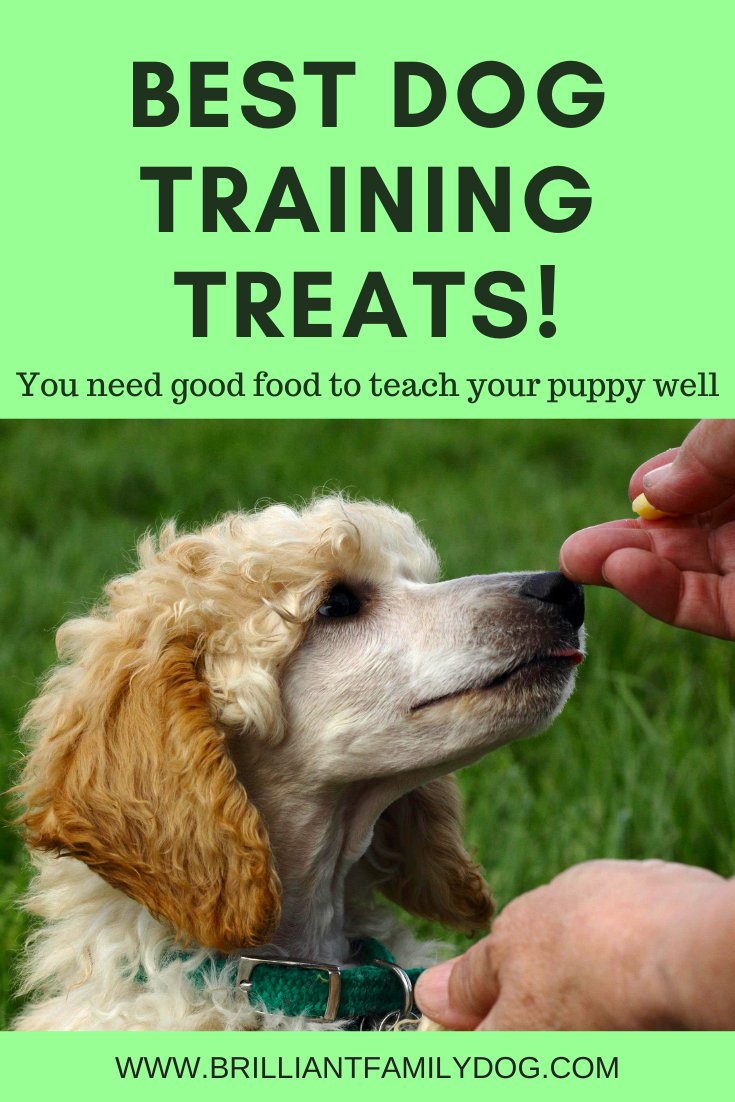We receive thousands of marketing messages every day. We’re exhorted to buy foods which have “value added”, i.e. processed, ready-to-eat, convenience foods.
We KNOW (really! We all know!) that fresh foods are w-a-a-a-a-y cheaper to purchase, and are w-a-a-a-a-y healthier - without all those preservatives, additives, treatments. But they need a bit of work to turn into meals.
So it’ll be no surprise to the discerning reader that the same thing happens with dog foods. We’re bombarded with marketing messages and glossy images of glossy dogs bouncing all over the place. I talk about how to choose an appropriate diet for your dog here and here.
But the same marketing bombardment happens with dog treats.
Not only do you have to be equally discerning about what you put inside your dog in terms of nutrition, but there are other considerations.
Unless you’re just dishing out treats for no reason, you need to choose your dog treats carefully!
Training treats
And nowhere is this more important than the treats you choose to use in training your dog.
There are various factors you have to consider. And I outline most of them for you in my books. But for those of you who are yet to discover the joy of these books (seriously - people LOVE them! Just look at the hundreds of reviews on Amazon), here is an excerpt for you from Essential Skills for your Growly but Brilliant Family Dog: Books 1-3: Understanding your fearful, reactive, or aggressive dog, and strategies and techniques to make change
Chapter 2
Rewards - what, how, when?
Rewarding your dog with something he really likes is essential to this easy method of training. This may be with a game of chase, tugging with a toy, racing after a ball, being given his dinner bowl, a cuddle, or a tasty treat. It’s up to you to find out just what your dog likes (as opposed to what you think he likes) and reward him appropriately when he makes a good choice.
Treats are not a moral issue. They are a means to an end. The end is your dog responding to you and working with you. If employing a few bits of cheese means that my walks are enjoyable and my dog is calm and happy, then that seems a good deal to me. I only give my dogs a treat when they’ve done something I like: I aim to get through a lot of treats every day!
The treats need to be very tasty - your dog has got to really want them! And you don’t want her chewing and chomping on a biscuit for so long that she forgets what she earned it for. So the treat needs to slip down quickly and make your dog think, “Wow! How can I get some more of that?” Your dog needs to know what you like and what does not work with you.
So every time she does something you like, you can mark it by saying, “YES!” and giving her a treat. There is no need for your dog to sit in order to receive a treat. Some dogs think that sitting and begging is the only way to earn a treat, so they sit and beg and annoy at every opportunity. If you are crystal clear about what your dog is doing that is earning the reward (by saying YES), then he will know what actions to repeat, and what doesn’t pay. The sitting, begging dog has no idea what causes these random treats to appear.
When you mark an action, you want to mark as the dog is doing it. If you are marking a Sit, for instance, you need to say Yes as the bum is going to the floor. If you wait till your dog has already sat, she’s now gazing out of the window and thinking of something else. That’s not what you want to mark! As the sheepdog trainer John Holmes told us, you need to catch your dog with his mind down the rabbit-hole, not wait till he is down the rabbit-hole, when it’s too late. You want to catch your dog thinking about sitting.
Good treats
Cheese
Sausage
Ham
Chicken
Frankfurter
Salami
Homemade sardine, tuna, or ham cookies
Freeze-dried 100% meat treats
Dried sprats
Dehydrated liver, heart, lung, etc
.. real food in other words. Ideally, they slip down quickly so your dog wants more. Cut them into small, pea-size treats.
OK treats
High-quality grain-free commercial treats
Fairly rubbish treats
Your dog’s usual kibble - She gets it anyway. Why should she have to work for it?
Cat biscuits
Dog biscuits
Stuff of unrecognisable composition sold as pet treats
Anything you wouldn’t put in your own mouth
Do you work more enthusiastically for £60 an hour or for 50p an hour? Quite so. Your dog is the same. Be sure the treats you’re offering are worth working for!
So you can see it’s not just the quantity of treats you dish out (huge number when you’re working on something new or working against fear), but the quality is critical!
And before you suggest this may work out more expensive - think again! Look at the pack of commercial treats you are thinking of buying, and look at the weight vs the price. There is no contest with fresh foods!
So not only will you be making your training more effective - for which your fearful dog will profoundly thank you - but you’re making a tiny dent in your wallet!
Choose wisely.
And to get started with helping your Growly - reactive, anxious, fearful - dog, watch our free Masterclass here. Lots of lessons to get you started on a new path!
By the way, for English readers, here’s a load of money off a super food I regularly use and here’s another where you can get a big discount using this link - they provide high-quality fishy treats and foods, which are firm favourites with my crew!


